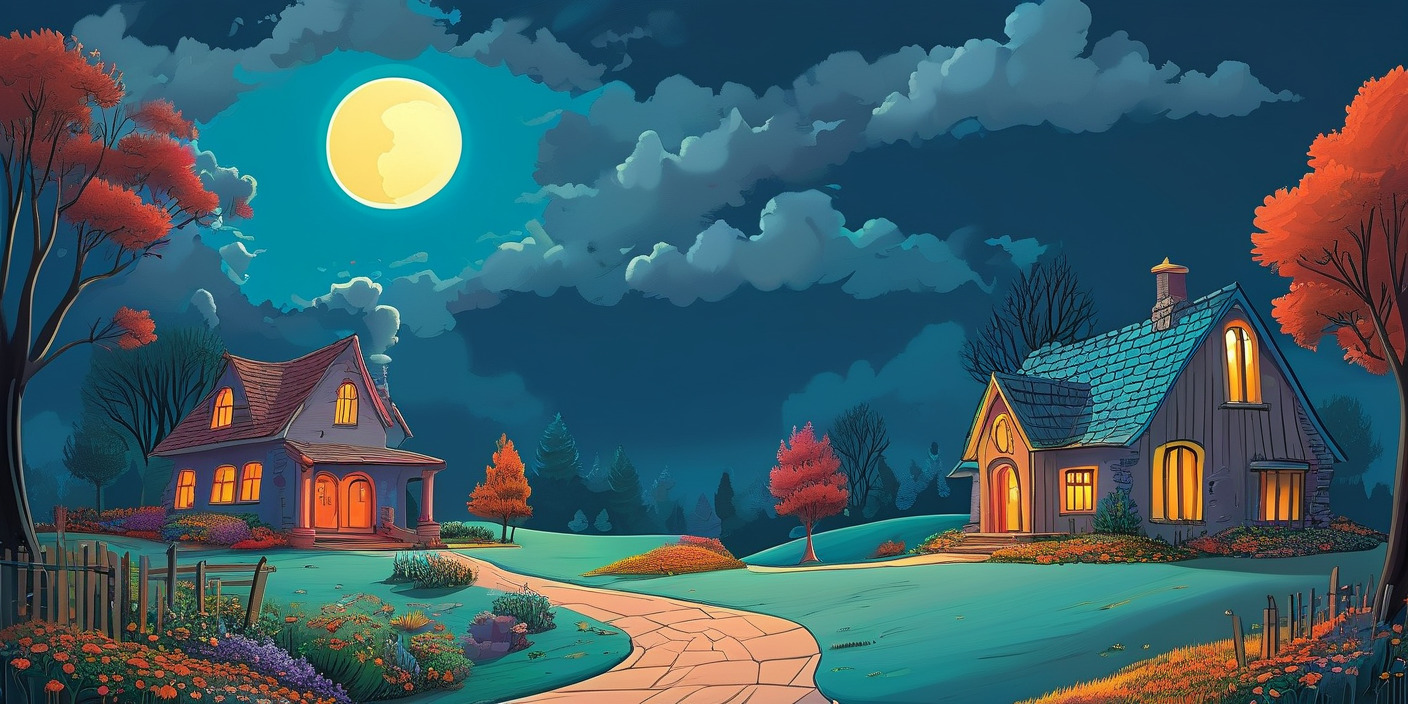Introduction: Confronting Mortality in Dylan Thomas’s Masterpiece
Dylan Thomas’s “Do Not Go Gentle into That Good Night” is more than just a poem; it’s a visceral cry against death, a testament to the human spirit’s fierce resistance to mortality. Written in 1951, this villanelle—a nineteen-line poem with two rhyming sounds and two refrains—is a powerful meditation on aging, death, and the complex relationship between a son and his dying father. Understanding its meaning requires delving into its intricate structure, powerful imagery, and the emotional weight it carries. This article will explore the poem’s multifaceted layers, examining its symbolism, themes, and lasting impact on literature and popular culture.
Unpacking the Villanelle: Structure and Form
The villanelle’s rigid structure is crucial to understanding its impact. The repetition of the lines “Do not go gentle into that good night,” and “Rage, rage against the dying of the light,” reinforces the poem’s central theme of defiance in the face of death. This repetition is not merely stylistic; it underscores the speaker’s desperate plea and the urgency of his message. The cyclical nature of the form mirrors the cyclical nature of life and death, highlighting the inevitability of the latter while simultaneously emphasizing the speaker’s refusal to accept it passively.
The Power of Repetition
The repeated lines act as a mantra, a forceful assertion that transcends mere words. They become a symbol of the speaker’s unwavering resolve, a constant reminder of his struggle against the encroaching darkness. The repetition amplifies the emotional intensity, creating a sense of urgency and desperation that resonates deeply with the reader.
Symbolism and Imagery: Light and Darkness
The poem is rich in powerful symbolism, primarily revolving around the contrasting imagery of light and darkness. “Good night” represents death, the ultimate darkness, while “light” symbolizes life, vitality, and the struggle against oblivion. The speaker’s plea for his father to “rage” against the dying of the light encapsulates this central conflict. The image of “rage” itself is striking, suggesting a powerful, almost violent rejection of death’s inevitability.
Exploring the Different “Men”
The poem’s structure also utilizes different types of men facing death: wise men, good men, wild men, and grave men. Each represents a different stage of life and a different approach to mortality. The wise men, for example, “curse” their fate, acknowledging the inevitability of death but still expressing regret. The wild men, on the other hand, rage against the dying of the light, mirroring the speaker’s own desperate plea. This exploration of different perspectives enriches the poem’s thematic complexity, suggesting that the confrontation with death takes on diverse forms depending on one’s lived experience.
Themes: Death, Defiance, and the Father-Son Relationship
At its core, “Do Not Go Gentle into That Good Night” is a poem about death, but it’s not simply a lament. It’s a powerful assertion of life’s value, a refusal to accept death passively. The speaker’s defiance is not a denial of death’s reality but a fierce rejection of its power to extinguish the spirit. The poem’s emotional intensity stems from the deeply personal context of the father-son relationship. The speaker’s desperate plea is fueled by his love for his father and his unwillingness to see him surrender to death without a fight.
The Father-Son Bond: A Powerful Driver
The poem’s power is significantly amplified by the intimate relationship between the speaker and his father. The speaker’s impassioned plea is not just a general statement about mortality; it’s a deeply personal expression of love, loss, and the agonizing process of watching a loved one succumb to death. This personal connection elevates the poem beyond a philosophical exploration of mortality and transforms it into a poignant portrayal of human emotion.
The Poem’s Enduring Legacy and Influence
“Do Not Go Gentle into That Good Night” has transcended its literary context to become a cultural touchstone. Its powerful imagery and resonant message have resonated with readers across generations, making it one of the most widely quoted and analyzed poems in the English language. Its influence can be seen in various forms of art, music, and film, demonstrating its enduring power to evoke strong emotional responses and inspire reflection on life and death.
Interpretations and Adaptations
The poem’s open-ended nature allows for diverse interpretations. While the central theme of resisting death remains constant, readers have found different layers of meaning based on their own experiences and perspectives. This adaptability is a testament to the poem’s profound depth and enduring relevance. Its influence extends beyond literary circles, appearing in popular culture through adaptations in film, music, and even political discourse, signifying its enduring appeal and resonance.
Final Thoughts: A Timeless Cry Against the Darkness
Dylan Thomas’s “Do Not Go Gentle into That Good Night” remains a powerful and moving exploration of mortality, defiance, and the enduring strength of the human spirit. Its impact stems not only from its masterful use of language and structure but also from its deeply personal and universally relatable themes. The poem’s lasting legacy lies in its ability to provoke reflection on life’s preciousness and the importance of fighting for every moment, even in the face of inevitable death.

